How architect Anne Holtrop is leaving his mark on the Middle East
‘Working in the arts gave me a sense of agency, a sense of being able to map out my own path': architect Anne Holtrop on opening his own practice
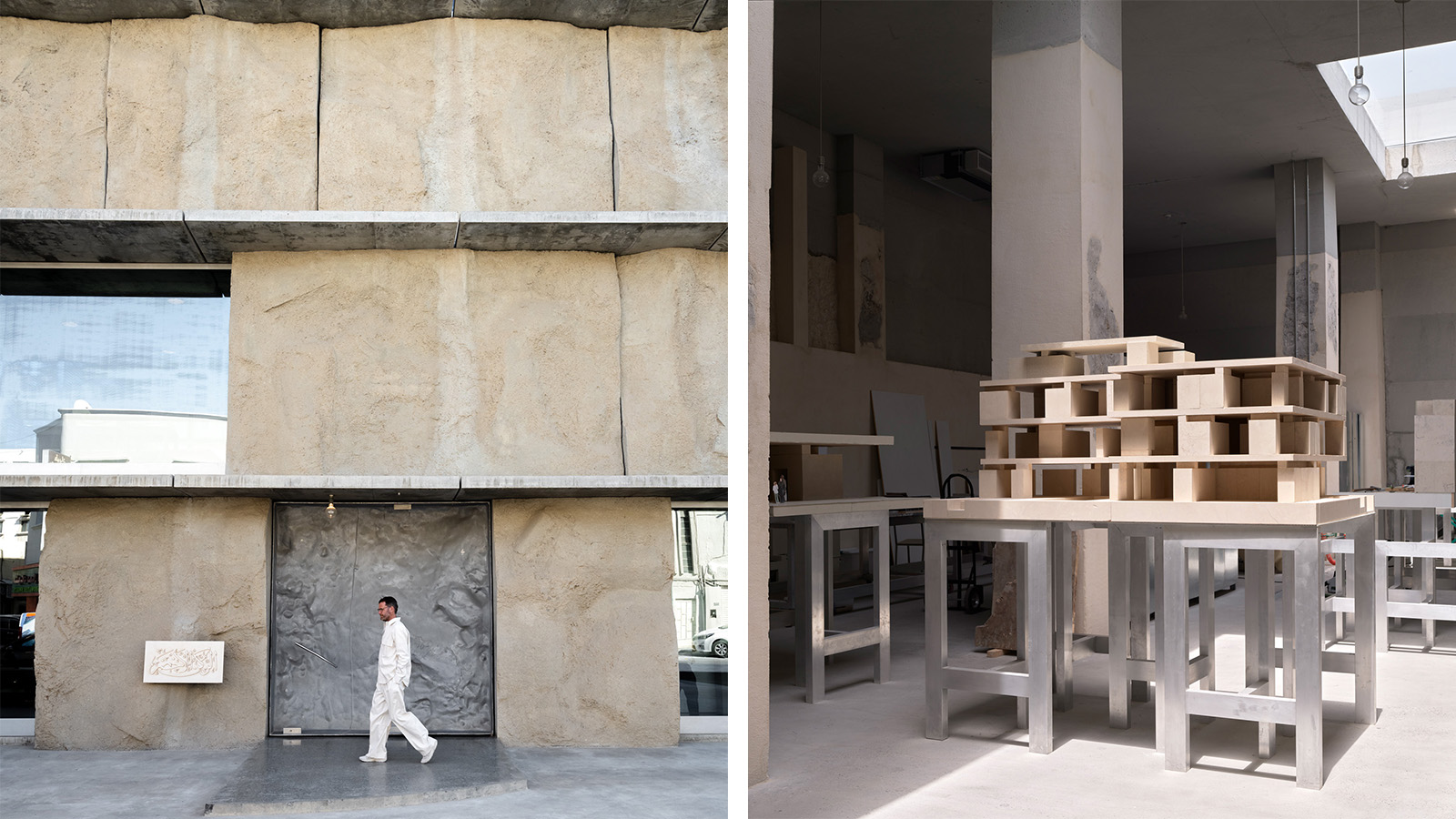
Studio Anne Holtrop is a practice that revels in uncertainty. Having trained in, or experienced, a number of adjacent disciplines, from engineering to art and architecture, its founder, Dutch-born Anne Holtrop, set up shop in 2010 in Amsterdam, where he worked as an artist’s assistant. ‘Working in the arts gave me a sense of agency, a sense of being able to map out my own path. It gave me the courage to take up architecture as a practice,’ he explains. This freeing sense of flux is a theme that continues throughout his career.
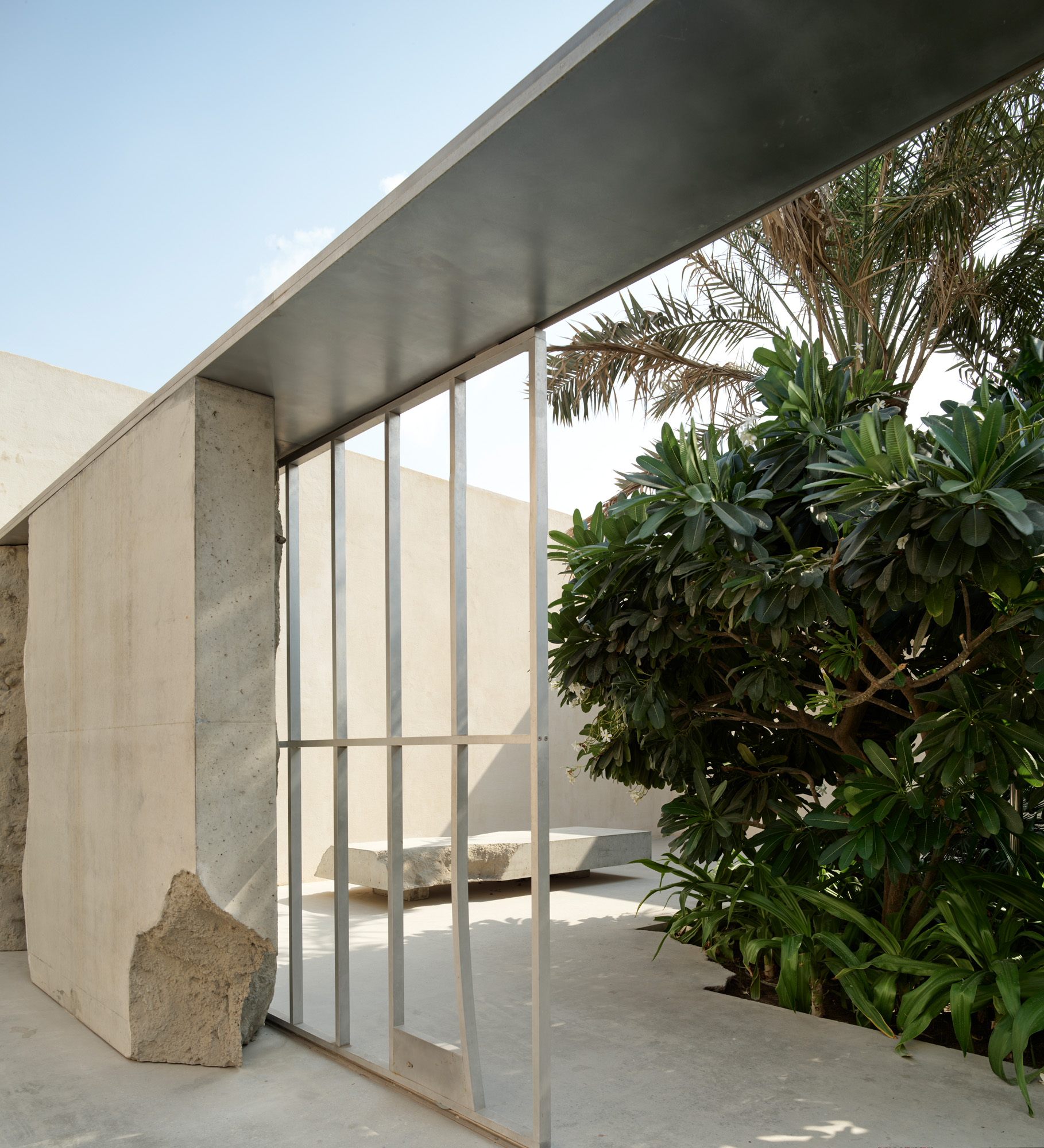
A courtyard at Holtrop’s Bahrain studio, located in Suq Al Qaysariyyah, a historic souk that the architect helped to renovate
The creative mind of Anne Holtrop
Holtrop’s early commissions came from associations made in the art world, including projects such as The Trail House, a 2010 art installation set on a vacant field in Almere, the Netherlands, inspired by existing trails and paths across the site. Working on the piece presented a brief that was open and unconstrained in comparison to a typical architecture directive. As the standard architectural commission has a tendency to be conceived in a way that tackles the pragmatics of fulfilling building uses and client requirements, artistic work can feel fluid in comparison.
This brought the design itself, its materiality and expression, into sharper focus. Paradoxically, Holtrop admits, this liberating feeling prompted deeper introspection, as each such project demanded the definition of a set of parameters and self-imposed constraints, to justify its existence. ‘If no one is asking for anything, then the reasons need to come from yourself,’ he says. He applied his self-reflection to the nature of architecture, too, exploring where its borders lie in relation to other creative disciplines.
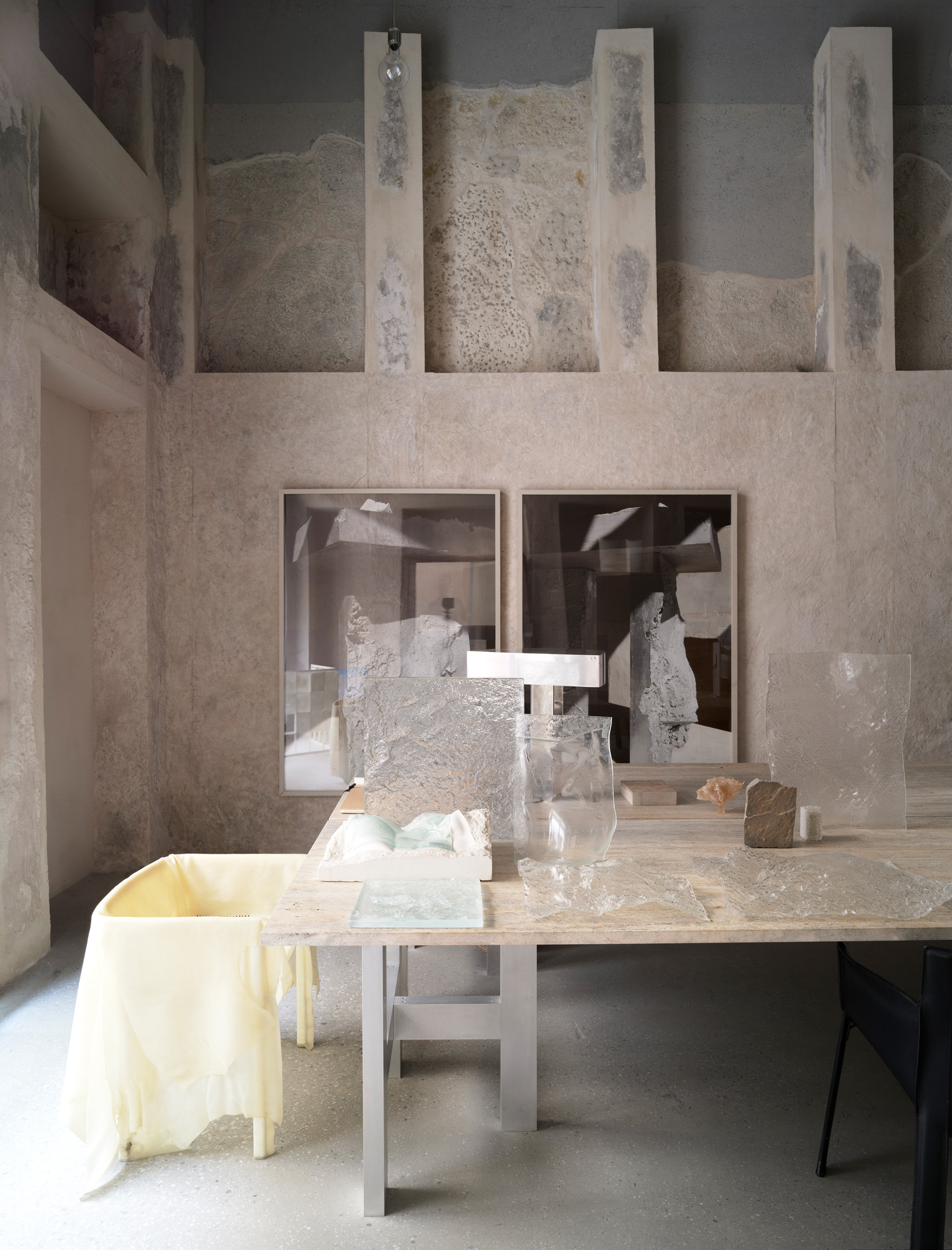
Glass and stone samples in Holtrop’s office. Cast glass is a key element of his Misk Art Institute, currently under construction in Riyadh, Saudi Arabia
In 2014, a competition win for the Milan Expo Bahrain Pavilion prompted a move to the small Middle Eastern state. Such was the appetite there for meaningful cultural infrastructure that he chose to stay. ‘Being in Bahrain, the work already felt more relevant by its context. To be in a part of the world where change matters allowed other agendas to develop, agendas that were not so obvious in a European context,’ Holtrop says.
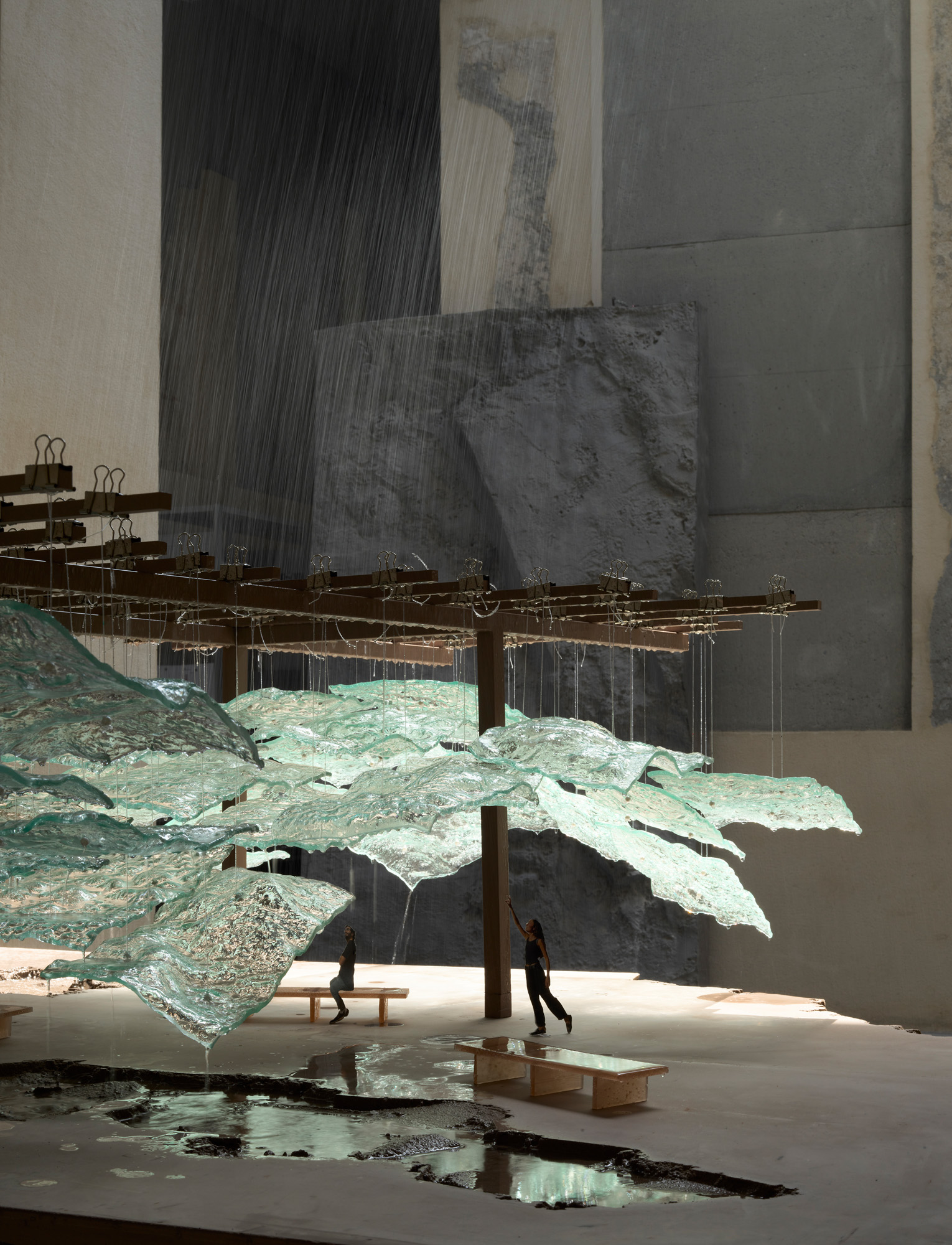
A model of Holtrop’s 2024 Change Pavilion project, featuring a roof made of suspended kiln-formed glass panels
In this fertile environment for growth, more local commissions ensued, such as the Customs House Post Office in Manama and the Siyadi Pearl Museum and mosque in Muharraq. Holtrop’s cross-disciplinary flair and insight into the artistic process, and in particular, the conditions in which artists produce their work, came to the foreground. ‘I was interested in how something can come into this world, and we still don’t know what it is, and we have to find an understanding of it,’ he explains. ‘I started applying arts thinking to the materiality of architecture, not relying anymore on the drawing as the vehicle to define the output, but letting the process define more directly the spatial outcome.’
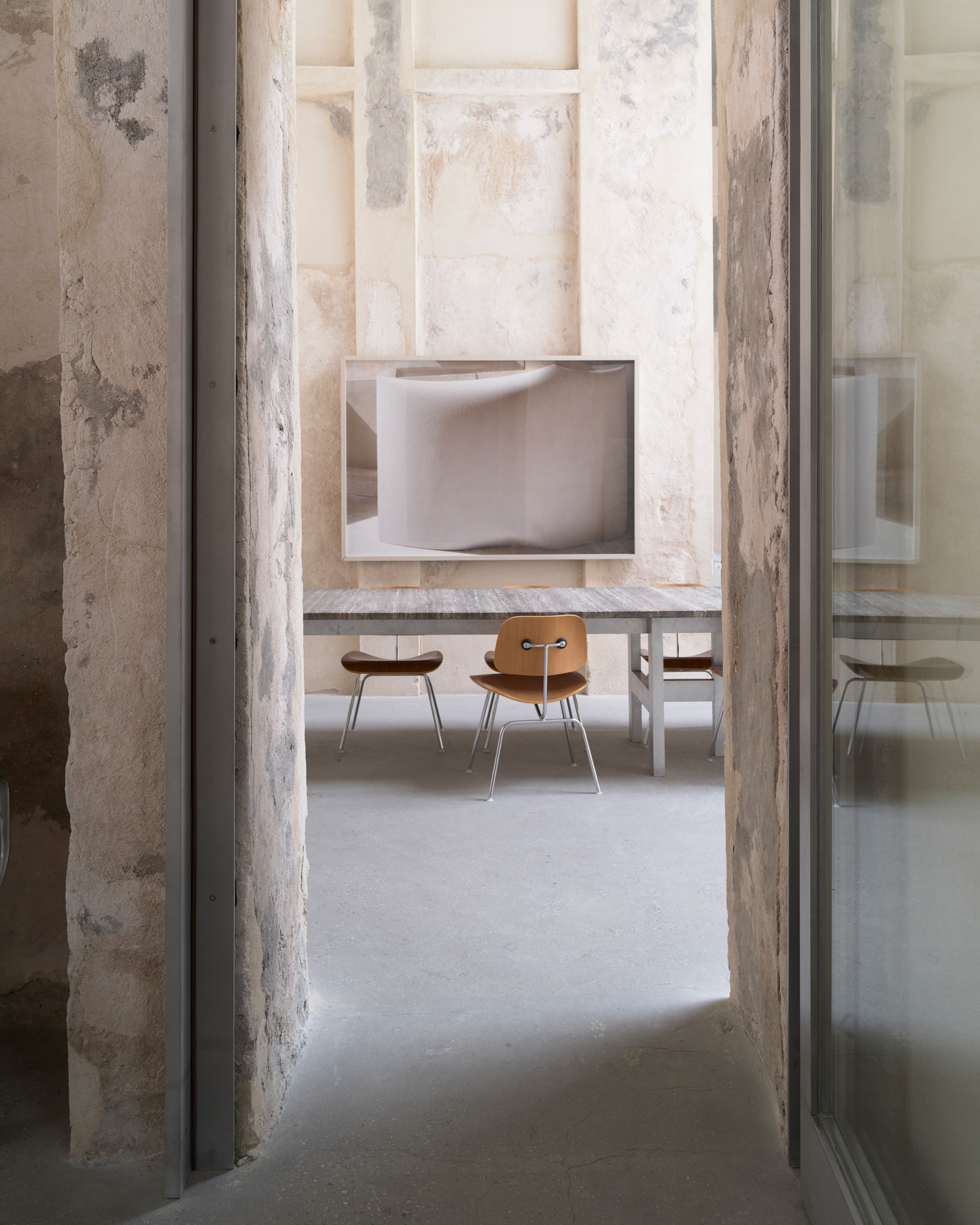
Like his other interventions in Bahrain’s Suq Al Qaysariyyah, Holtrop’s office features sand-cast concrete walls with raw edges
Batara – an early work straddling art and architecture completed with photographer Bas Princen in 2011 – was the first fruit of this method. It comprised pigmented gypsum fragments set out to record the rich context of Petra, Jordan, and its architecture carved into pink sandstone cliffs. The result was a series of rugged, archaic forms imbued with meaning. For Holtrop, the immediacy of the method and its material presence created a particularly layered quality. ‘The work was incredibly rich in form and spatial definition based on a very simple act,’ he says. Adding confident vertical and horizontal slices on the volumes, which also created openings or helped them to stand upright, united the poetic and the pragmatic.
This project was the beginning of a way of working in which the space between idea and body is collapsed, feeding off a captivating directness. Subsequent projects developed Holtrop’s technique of casting using a range of materials. Suq Al Qaysariyyah, the oldest market area in Muharraq, and a major port through which goods were exchanged with the main island of Bahrain during the pearling era of the 1960s, is one such example. Holtrop was called upon to repair and reinstate Bahrain’s traditional souq area, with many old commercial buildings revived and transformed into cultural spaces.
Receive our daily digest of inspiration, escapism and design stories from around the world direct to your inbox.

A shelf lined with concrete samples
Here, the studio explored methods of recreating the texture of the coral stone that is ubiquitous in the region – a material that is now protected. The architect cast concrete and aluminium panels on site instead, giving them new meaning. ‘I like materials that have a fluid state and therefore can alter their form,’ says Holtrop. ‘Casting leaves a mark of the alterations of the states of that matter.’
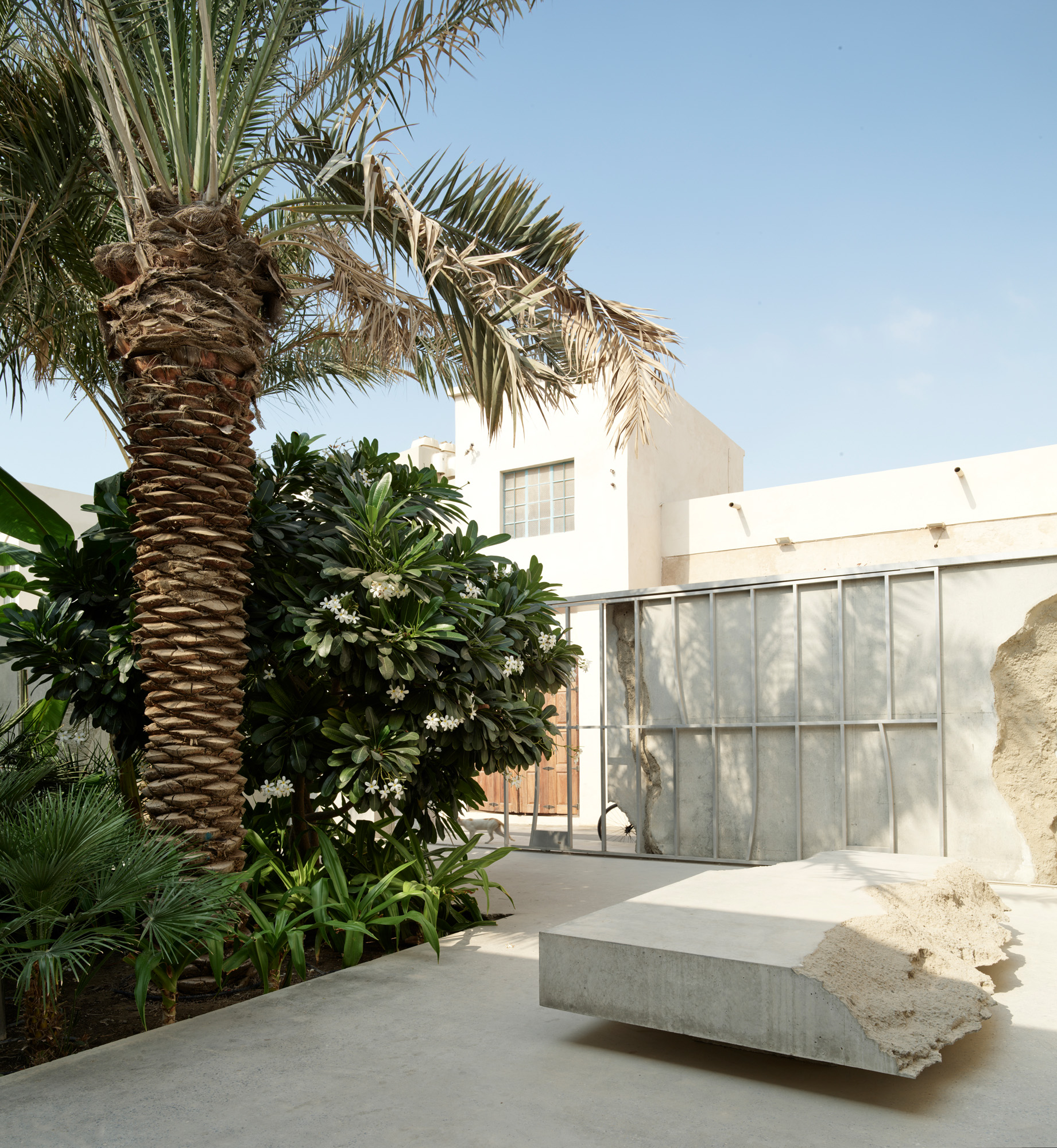
The Misk Art Institute in Riyadh, Saudi Arabia, is one of his key ongoing works, and the project explores ways of channelling the site’s specific climatic conditions – in particular, the quality of light close to the equator. In this design, Holtrop has been experimenting with glass and its ability to permit, diffuse and deflect light. Large panels, varying in opacity, mediate the harshness of the sun and mitigate heat gain. Cast against the rock face of the surrounding landscape, they mirror their texture.
For Holtrop, these are not just traces of the hand that shapes them, they are gestures that symbolise human experience, ways of making and understanding our place in the world. The completion of the Misk Art Institute in 2025 will mark another moment of introspection for the practice, and, no doubt, it will fuel the studio’s preoccupations with site, context and material even further, breeding endless possibilities for exploration.
This article appears in the October 2024 issue of Wallpaper*, available in print on newsstands, on the Wallpaper* app on Apple iOS, and to subscribers of Apple News +. Subscribe to Wallpaper* today
Marwa el Mubark is an Irish architect based in London. She is the co-founder of the research and design practice Saqqra and a lecturer at Kingston School of Art.
-
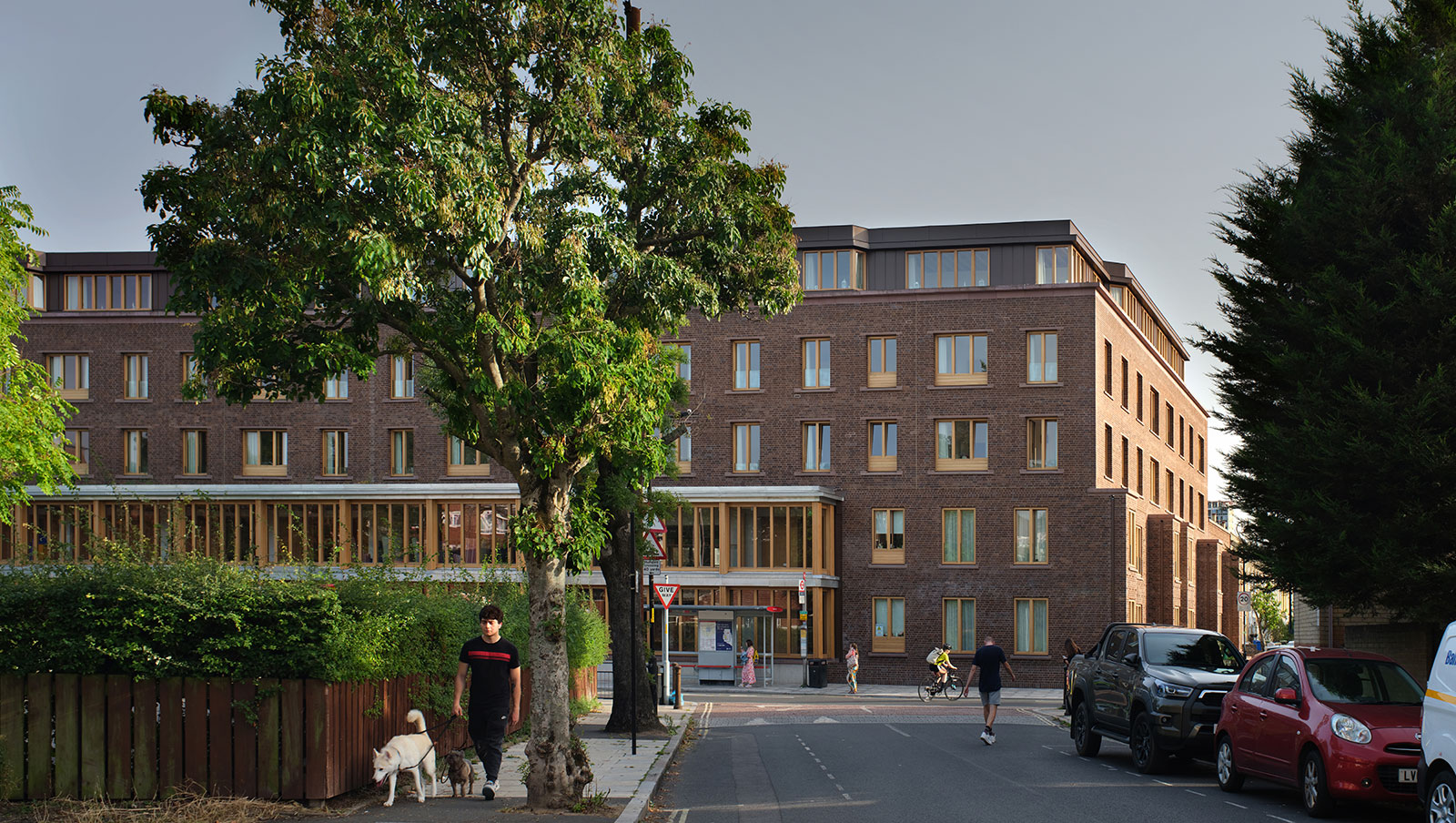 RIBA Stirling Prize 2025 winner is ‘a radical reimagining of later living’
RIBA Stirling Prize 2025 winner is ‘a radical reimagining of later living’Appleby Blue Almshouse wins the RIBA Stirling Prize 2025, crowning the social housing complex for over-65s by Witherford Watson Mann Architects, the best building of the year
-
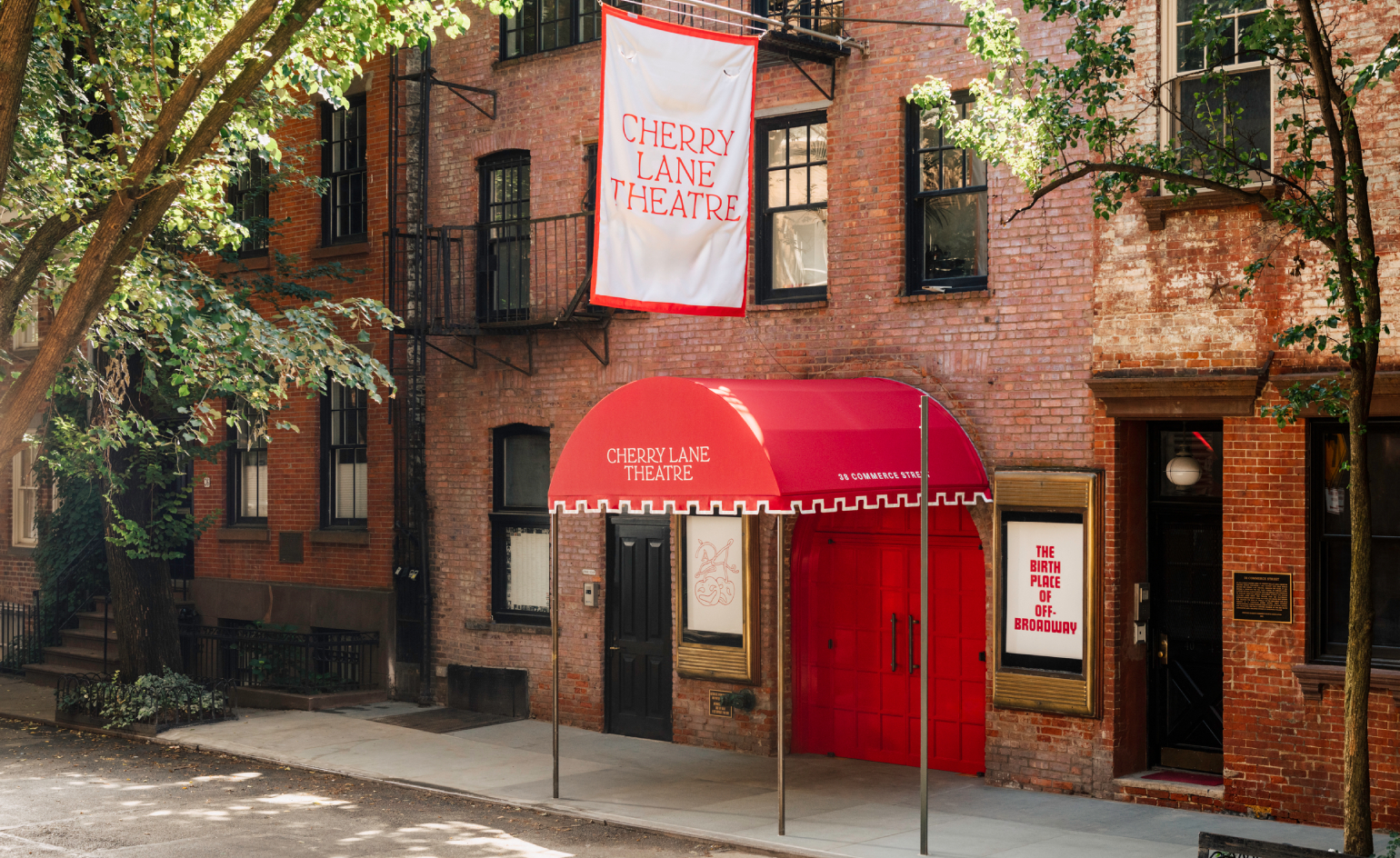 A24 just opened a restaurant in New York, and no one knows it exists
A24 just opened a restaurant in New York, and no one knows it existsHidden in the West Village, Wild Cherry pairs a moody, arthouse sensibility with a supper-style menu devised by the team behind Frenchette
-
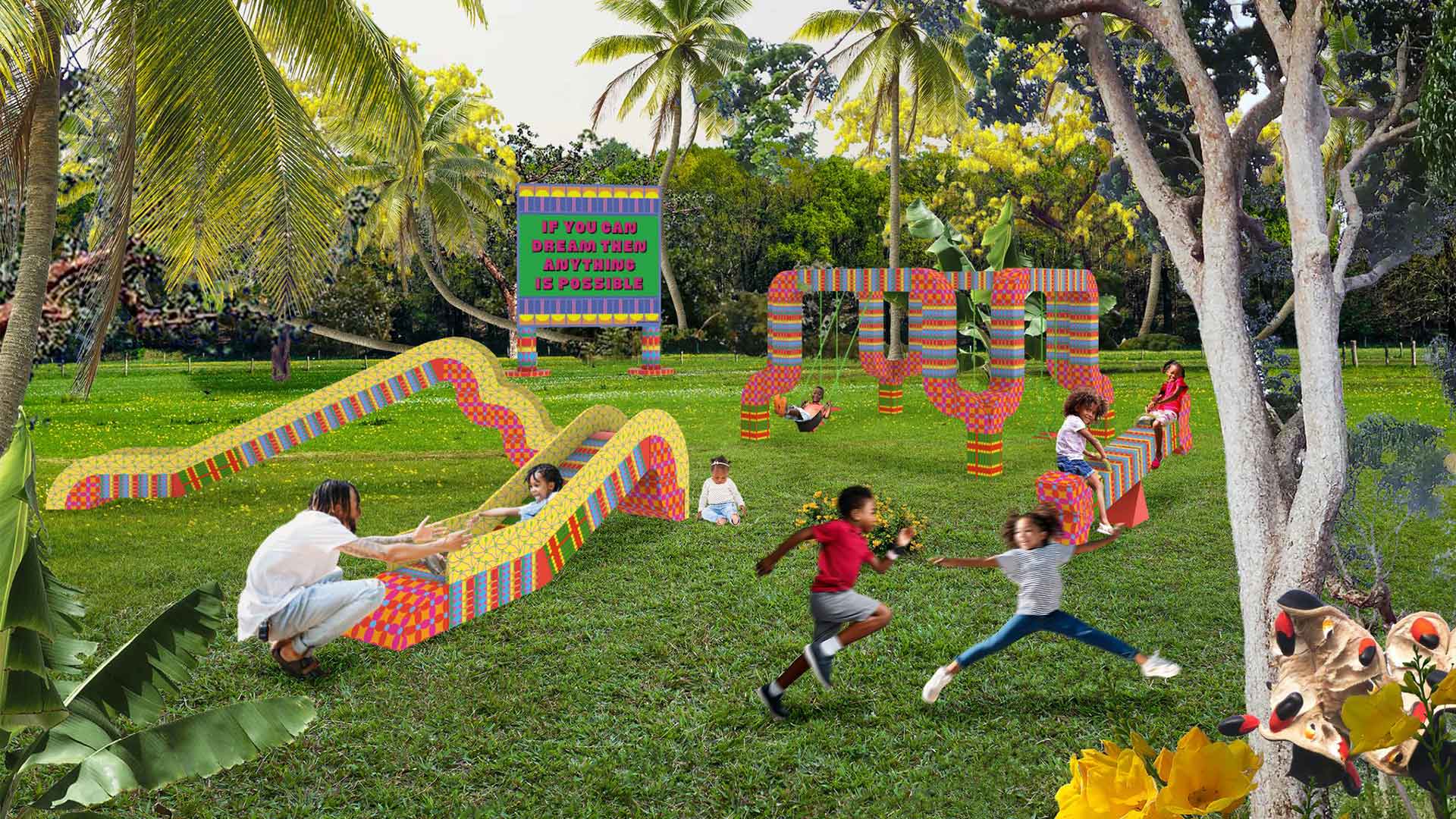 Yinka Ilori’s new foundation is dedicated to play and joy: ‘Play gave me freedom to dream’
Yinka Ilori’s new foundation is dedicated to play and joy: ‘Play gave me freedom to dream’Today, artist and designer Yinka Ilori announced the launch of a non-profit organisation that debuts with a playscape in Nigeria